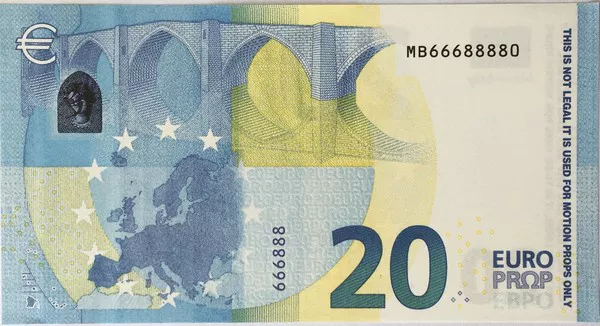In recent years, the euro has exhibited notable strength, gaining value against other major currencies. This article explores the reasons behind the euro‘s strengthening trend and examines the factors driving its appreciation. By analyzing economic indicators, monetary policies, and global market dynamics, we aim to shed light on the underlying forces that have contributed to the euro’s ascent.
I. Robust Economic Performance
A. Strong GDP Growth
- Discussing the Eurozone’s consistent GDP growth and its impact on the euro’s strength.
- Exploring the key factors driving economic expansion, such as increased consumer spending and business investment.
B. Improved Labor Market Conditions
- Examining declining unemployment rates and rising job creation in the Eurozone.
- Discussing the positive effect of a robust labor market on consumer confidence and economic stability.
C. Trade Surplus
- Highlighting the Eurozone’s trade surplus and its impact on the euro’s value.
- Exploring the factors contributing to a favorable balance of trade, including export competitiveness and strong demand for Eurozone goods and services.
II. Favorable Monetary Policy Environment
A. European Central Bank (ECB) Policies
- Discussing the accommodative monetary policy stance adopted by the ECB.
- Exploring the impact of low interest rates and quantitative easing on the euro’s strength.
B. Interest Rate Differentials
- Examining the divergence between Eurozone interest rates and those of other major economies.
- Discussing how higher interest rates in the Eurozone attract foreign investors seeking yield and contribute to euro appreciation.
C. Market Confidence in the Euro
- Analyzing the market’s perception of the Eurozone’s economic stability and policy effectiveness.
- Discussing how positive market sentiment and confidence in the euro drive its strength.
III. Global Market Dynamics
A. Weakness in Other Major Currencies
- Exploring the relative weakness of other major currencies, such as the US dollar and British pound.
- Discussing the impact of global economic factors, geopolitical uncertainties, and monetary policy divergence on currency valuations.
B. Safe-Haven Status
- Highlighting the euro’s status as a safe-haven currency during times of global economic uncertainty.
- Discussing how investors seek refuge in the euro, leading to increased demand and appreciation.
C. Global Trade and Investment Flows
- Examining the role of international trade and investment flows in driving the euro’s strength.
- Discussing how a robust Eurozone economy attracts foreign capital, contributing to euro appreciation.
IV. Structural Reforms and Economic Resilience
A. Structural Reforms
- Discussing the impact of structural reforms on the euro’s strength.
- Exploring measures taken by Eurozone countries to enhance competitiveness and increase productivity.
B. Fiscal Discipline and Stability
- Examining the importance of fiscal discipline and stability in supporting the euro’s strength.
- Discussing the role of fiscal policies and regulations in maintaining economic stability within the Eurozone.
C. Resilience to Economic Shocks
- Highlighting the Eurozone’s ability to withstand and recover from economic shocks.
- Exploring the measures taken by the Eurozone to improve resilience and minimize the impact of external disruptions.
V. Future Challenges and Outlook
A. Geopolitical Risks
- Discussing geopolitical risks and their potential impact on the euro’s strength.
- Exploring factors such as Brexit, trade tensions, and political uncertainties within the Eurozone.
B. Economic Integration and Eurozone Reforms
- Analyzing the ongoing efforts towards deeper economic integration within the Eurozone.
- Discussing the potential implications of Eurozone reforms on the strength of the euro.
C. External Factors and Global Economic Trends
- Examining how external factors and global economic trends may influence the euro’s future trajectory.
- Discussing the importance of monitoring global economic developments for understanding the euro’s strength.
Conclusion:
The strength of the euro is a result of a combination of factors, including robust economic performance, favorable monetary policies, structural reforms, and resilience to economic shocks. The Eurozone’s strong GDP growth, improved labor market conditions, and trade surpluses contribute to the euro’s appreciation. Accommodative monetary policies, interest rate differentials, and market confidence in the euro further bolster its value. Structural reforms, fiscal discipline, and economic resilience enhance the long-term stability of the euro. However, challenges such as geopolitical risks and ongoing reforms within the Eurozone may influence its future strength. Understanding these factors and staying informed about global economic trends are crucial for individuals and businesses engaged in currency markets, investment, and international trade involving the euro.
Related Topics:

























